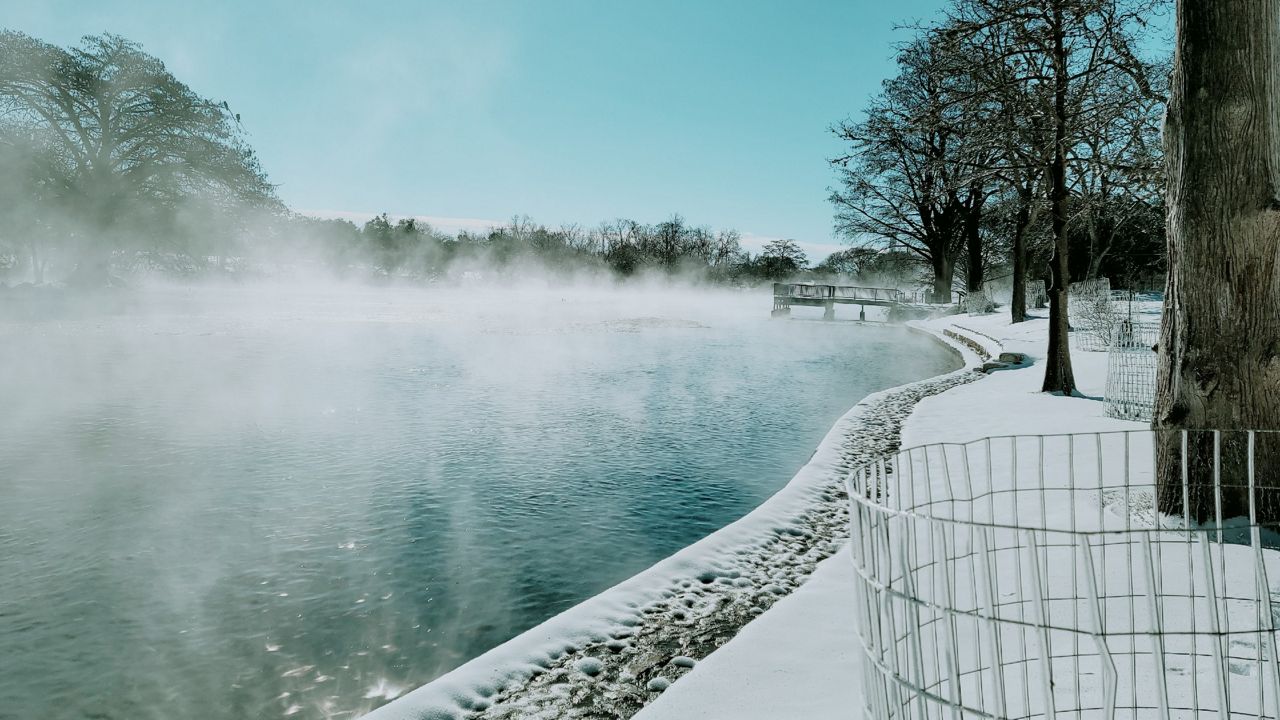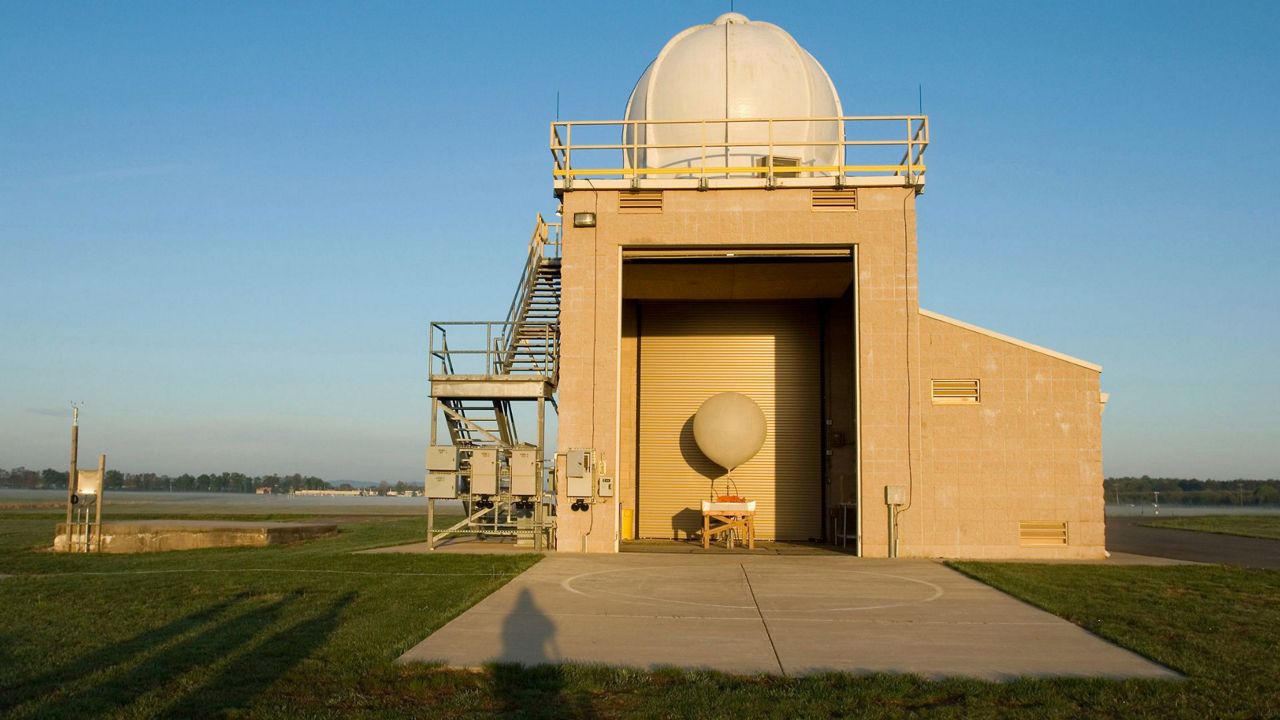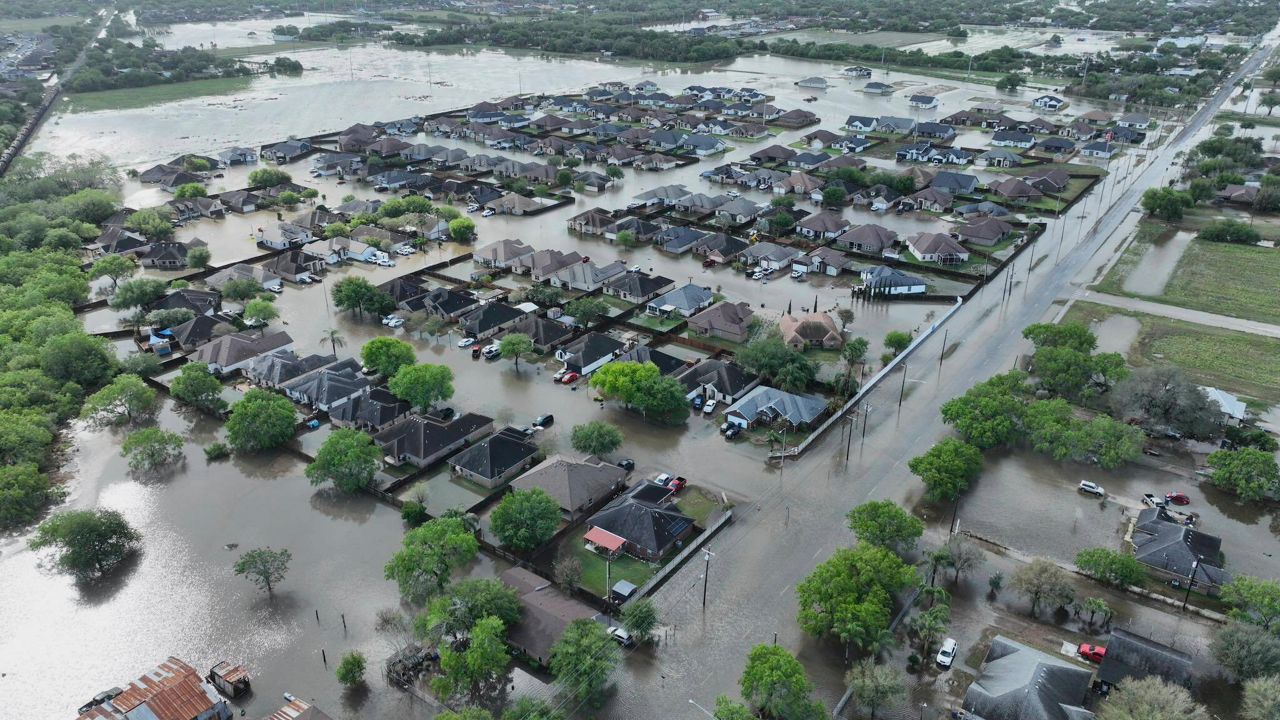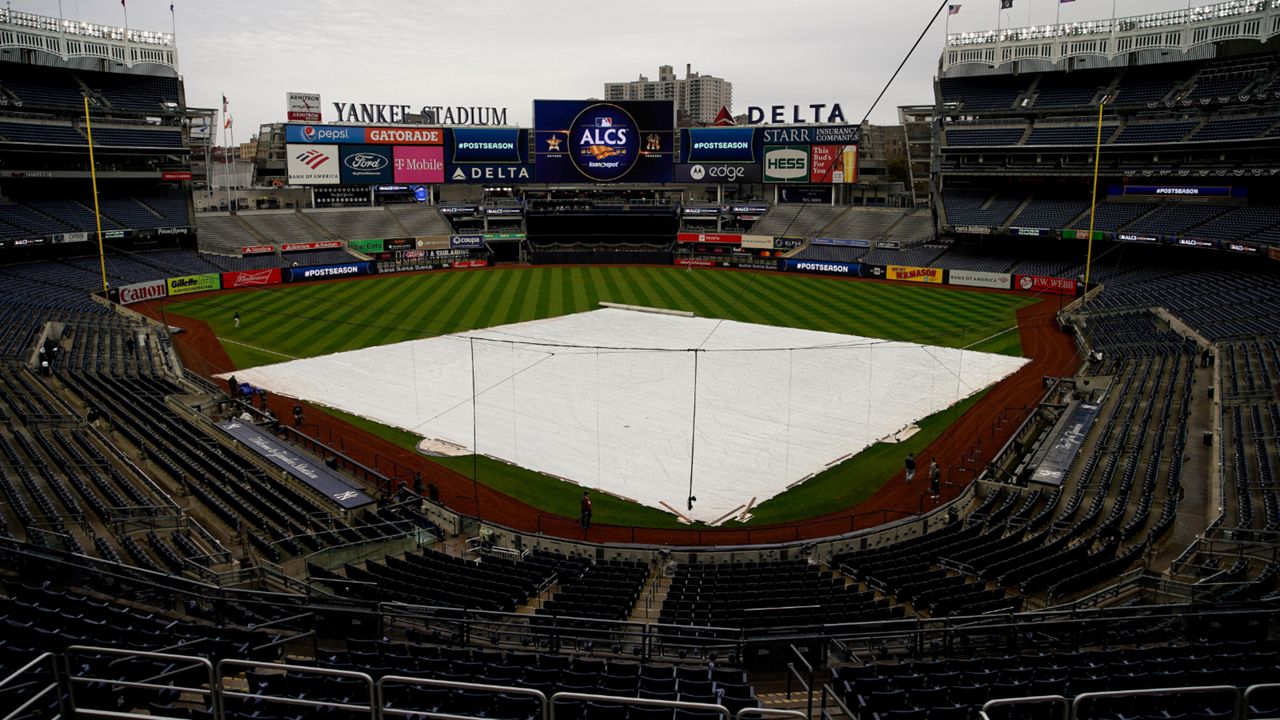In each part of the world, there are weather terms unique to each area. In Texas, the term "blue norther" is common in winter–but what it actually means varies slightly depending on which part of the state you reside.
According to the Texas State Historical Association, the term "blue norther" denotes a rapidly moving cold front that causes temperatures to drop quickly, often bringing precipitation, followed by a period of blue skies and cold weather.
Some say it's a north wind that sweeps "out of the Panhandle under a blue-black sky"—that is, a cold front named for the appearance of its leading edge.
In central Texas, the term is generally understood to mean the appearance of the sky after the front has blown through. Yet another meaning derives the term from the fact that one supposedly turns blue from the cold brought by the front.
The dramatic effects of the blue norther have been noted and exaggerated since Spanish times in Texas.
It is defined by the Encyclopedia of Atmospheric Sciences and Astrogeology as “a stormy northerly wind of sudden onset occurring during the colder half of the year over the region from Texas, southward across the Gulf of Mexico."
Only the Great Plains separates the Gulf of Mexico from the Arctic, and a strong arctic front can race from Canada to Texas within two days.
Texas’ worst norther on record, from Feb. 11-13, 1899, pushed Panhandle temperatures to 23 below zero, left a thin sheet of ice on Galveston Bay and dropped Valley citrus farms into the teens.
Similar terms in the surrounding regions include blue whistler, and in Oklahoma, blue darter and blue blizzard.










